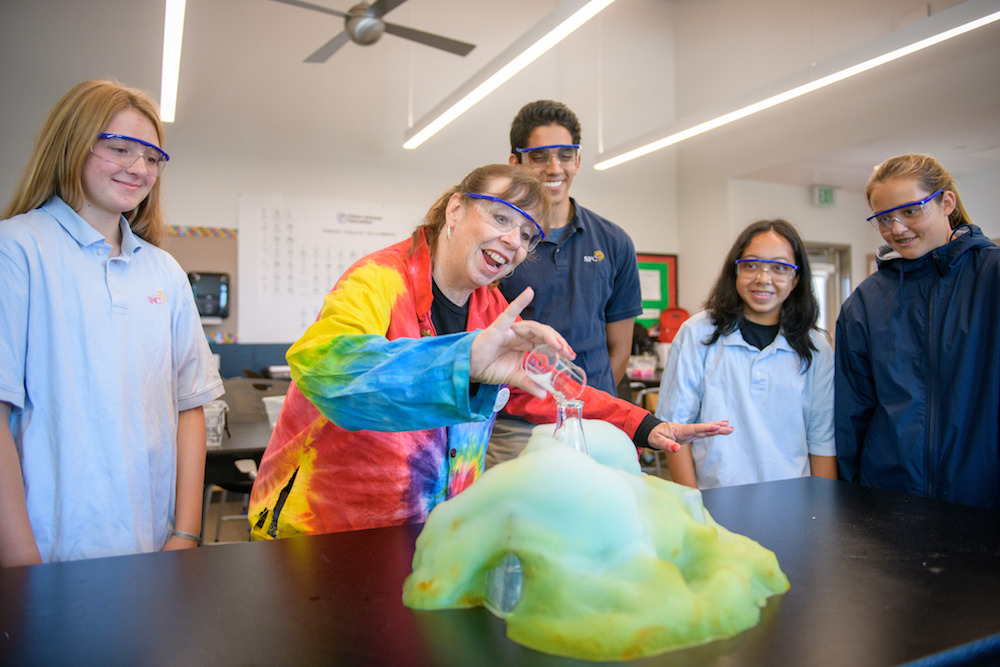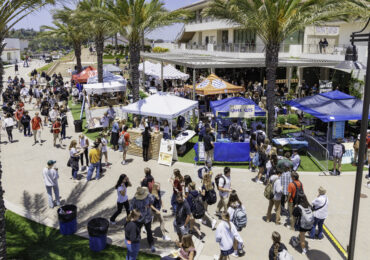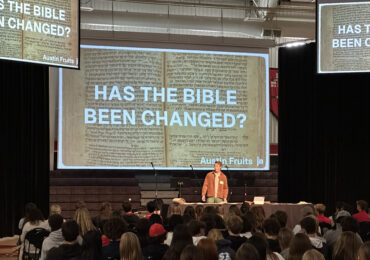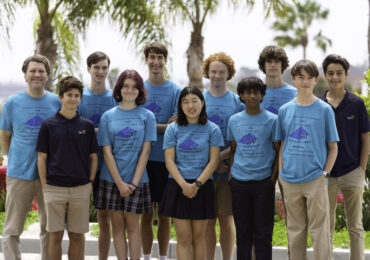Missy Schick teaches physical science at Santa Fe Christian Middle School. She feels blessed to be teaching a subject that has captivated her since she was a teenager, and she wants her students to see how much fun science can be. “I want to instill in them a desire to discover because discovery is a blast,” she says.
Schick has been teaching for more than 30 years. Before joining SFC, she taught chemistry and biology at a public high school, taught at a charter school, and for a while had her own business doing science experiments with homeschool families.
“It can be magic”
Schick is passionate about science and she loves teaching it. She is convinced that whether students are fascinated by science or bored to tears can vary based on who’s teaching it. “Science can either be a snooze fest or it can be magic,” she says. “And it all depends upon how it’s taught.”
To keep her science classes from becoming a “snooze fest,” Missy avoids a classroom environment in which the kids just sit in their seats and take notes while she stands in front and talks. “These are 13- and 14-year-old boys and girls,” she says. “They have a hard time just sitting still half the time.” Her approach is to make science come alive for her students, and help them understand concepts through hands-on learning. She uses creative techniques in which kids gain scientific knowledge — without necessarily having any idea that’s what they’re doing. As Schick explains: “I like to set things up so that students have that weird look of, ‘I’m not sure where you’re going with this and then all of a sudden the light bulb goes on and they make the connection. That’s so much better than me just saying, ‘Okay, this is how this works.’”
For one experiment, Schick brought in her stash of old Hot Wheels cars. The lesson was on speed, distance, and velocity. These aspects of science and math can be dry and uninteresting, but not the way Mrs. Schick taught it. In the process of assembling the racetrack, choosing their own cars to race, setting the cars free on the track, and talking about how fast the cars were going and what their average speeds were, the students learned important lessons — all while having a great time “playing” with Hot Wheels.
Hands-on learning also occurs outside the classroom, like when Schick takes her students to see the grunion runs. She talks to them about how miraculous the event is because it only happens in one place in the world: on their coast. They learn about high tides, spring tides, and neap tides. They learn how the tiny fish depend on tidal activity for spawning and laying eggs. And they learn that hatching takes place only during the highest tide when the tiny fish pop out of the eggs and swim away. “It’s just really fun and exciting,” says Mrs. Schick. “It’s science that’s real.” This experience also gives her the chance to talk about God. “It lets the kids see that there’s a plan,” she says. “And if God has a plan for an itty-bitty little fish, imagine the plans that He has for them.”
Interested in experiencing Santa Fe Christian? Connect with us
“A beautiful thing”
Mrs. Schick’s strong faith is a major reason why she feels blessed to teach at Santa Fe Christian. When she taught science at a public school, she often felt uncertain about how much she dared to share with her students. No longer having to do that is a relief. “Being in a Christian school where I can actually integrate my faith with teaching science is a beautiful thing,” she says. Schick is also glad she has the freedom to assure young people that despite what society may tell them, loving science and loving God go hand in hand. “Being a scientist allows you to appreciate who God is and how He put it all together,” says Schick.



